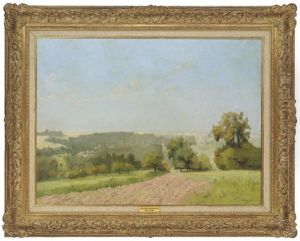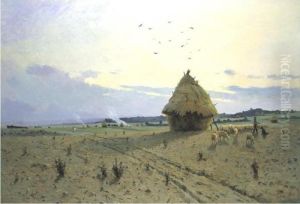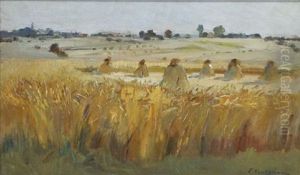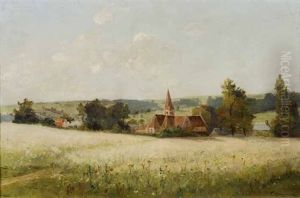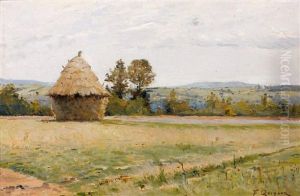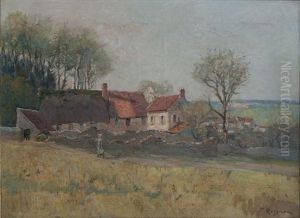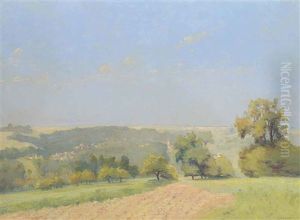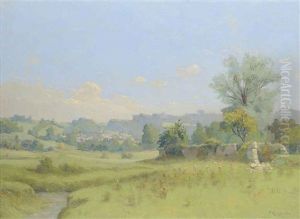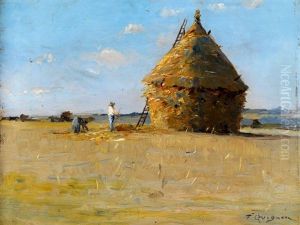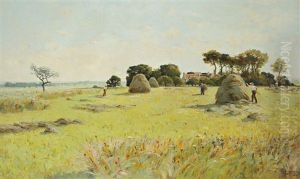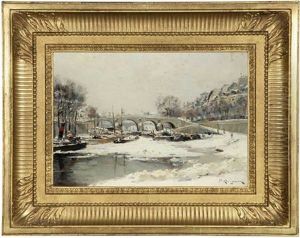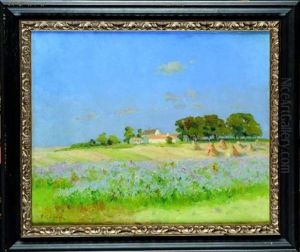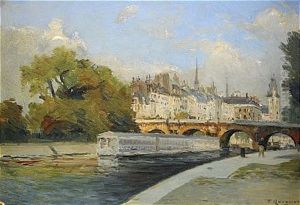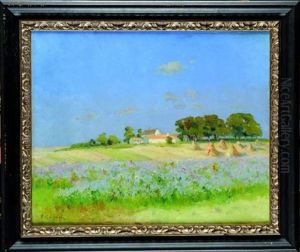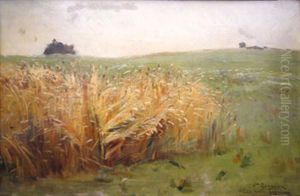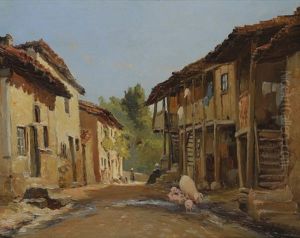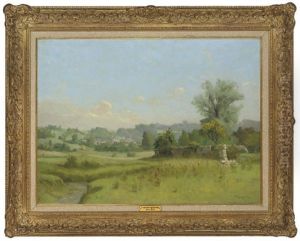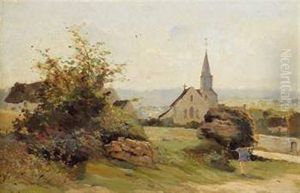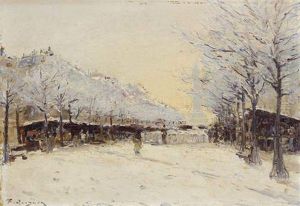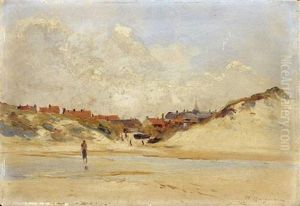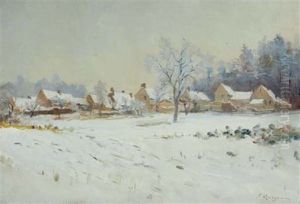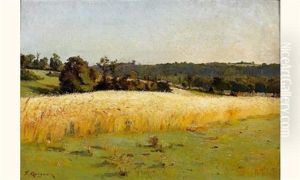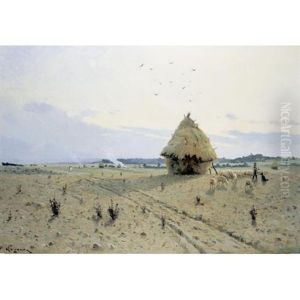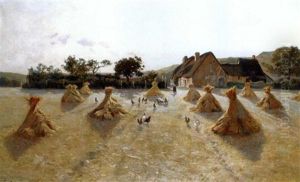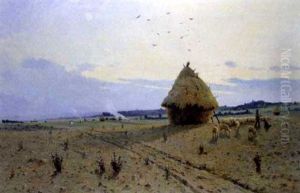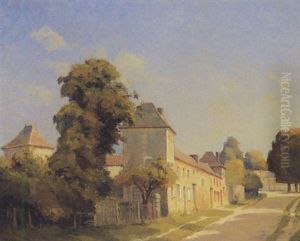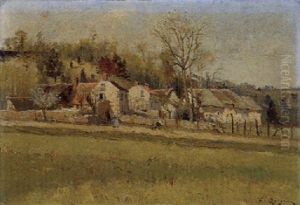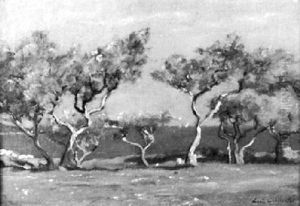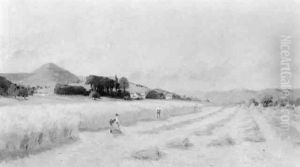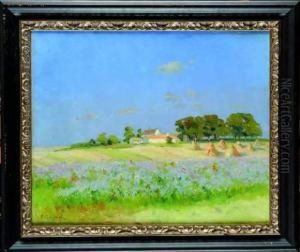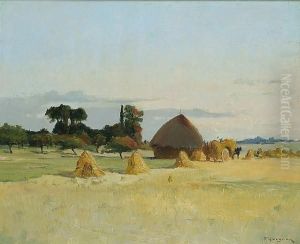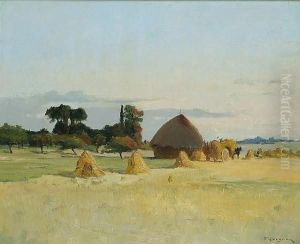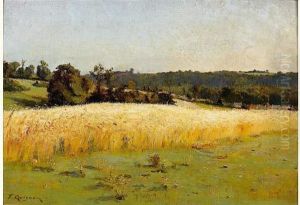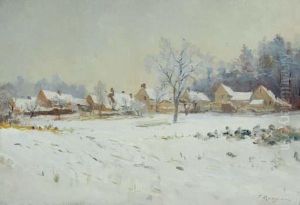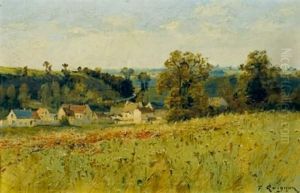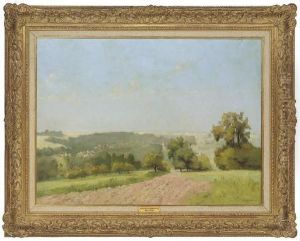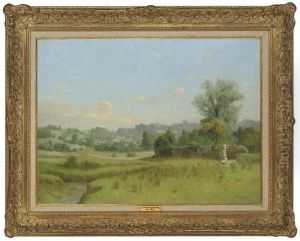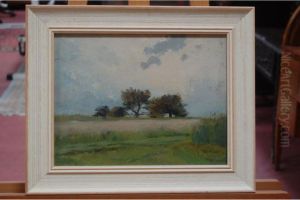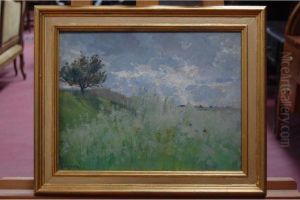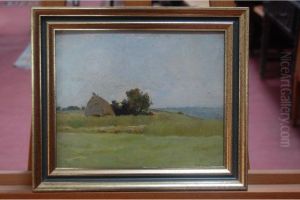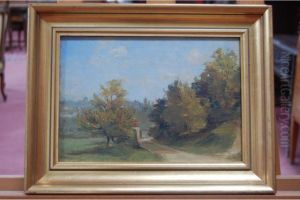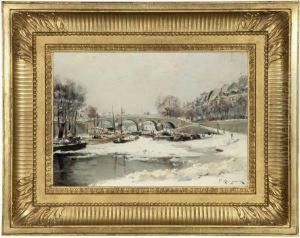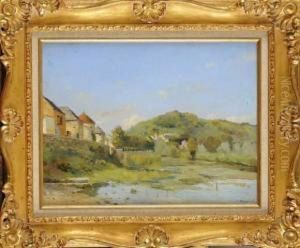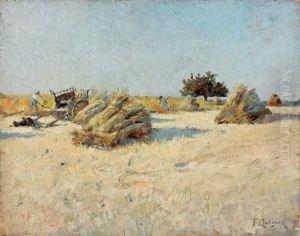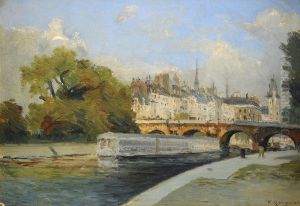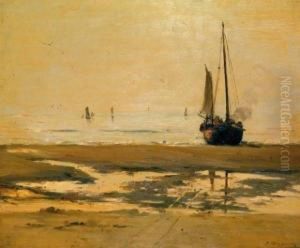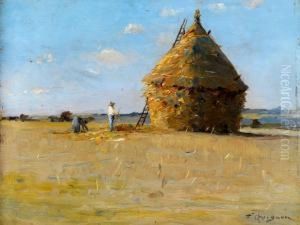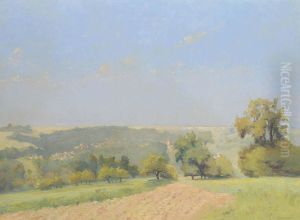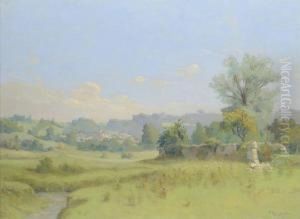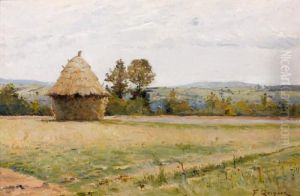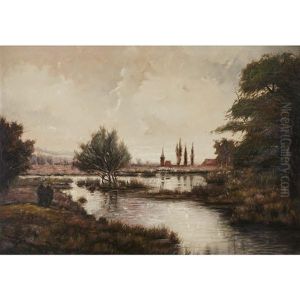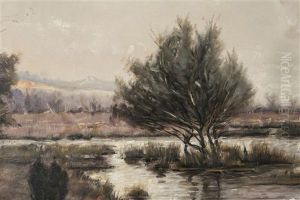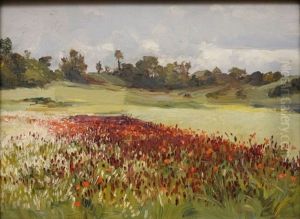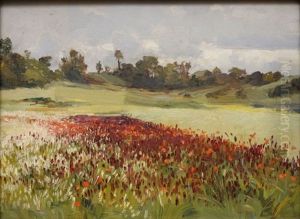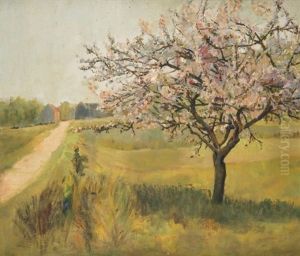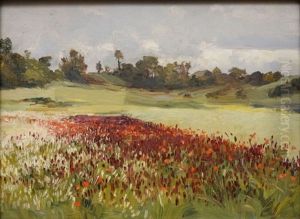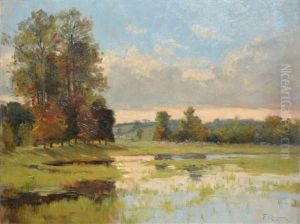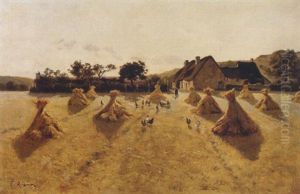Fernand Quignon Paintings
Fernand Quignon was a French painter known for his landscapes and rural scenes that capture the tranquil countryside of France. Born on June 2, 1854, in Amiens, France, Quignon developed an interest in art at an early age. He studied at the École des Beaux-Arts in Paris, where he honed his skills under the tutelage of renowned artists such as Alexandre Cabanel and Émile Breton.
During his career, Quignon was associated with the Barbizon School, a group of artists who focused on realist and naturalist landscapes and had a significant impact on the transition to Impressionism. Though not as widely recognized as some of his contemporaries, Quignon's work was appreciated for its sensitivity to natural light and the serene atmosphere of his scenes.
Quignon's approach to painting was characterized by a solid composition, subtle use of color, and a focus on the changing qualities of light throughout the day. He often painted en plein air (outdoors), a practice that allowed him to capture the immediacy of the landscape before him. His works frequently depict the rural areas around Paris, Normandy, and the north of France, showcasing a deep appreciation for the beauty of the French countryside.
Throughout his life, Quignon exhibited his works at various salons and galleries. He received accolades for his contributions to French art and was awarded medals at the Salon des Artistes Français, where he regularly participated. His paintings are part of several public collections, including museums in France and abroad.
Fernand Quignon's career spanned a period of significant change in the art world, and his works provide a window into the rural life of 19th and early 20th century France. He passed away on December 4, 1941, leaving behind a legacy of peaceful and bucolic landscapes that continue to be admired by art enthusiasts and collectors.
